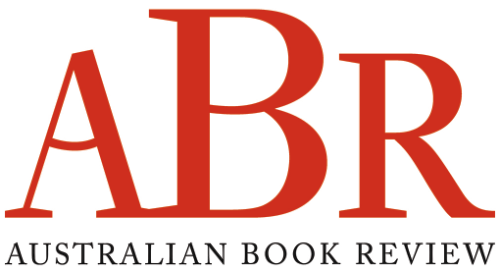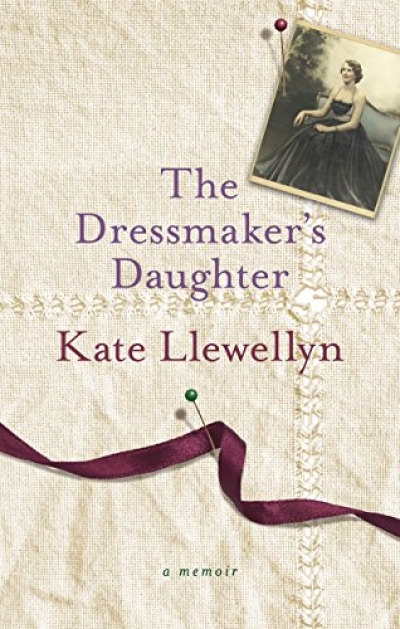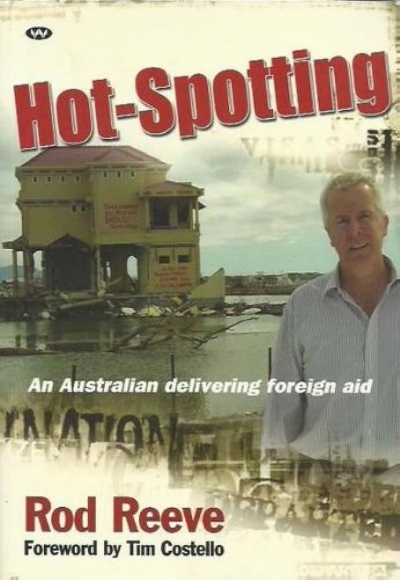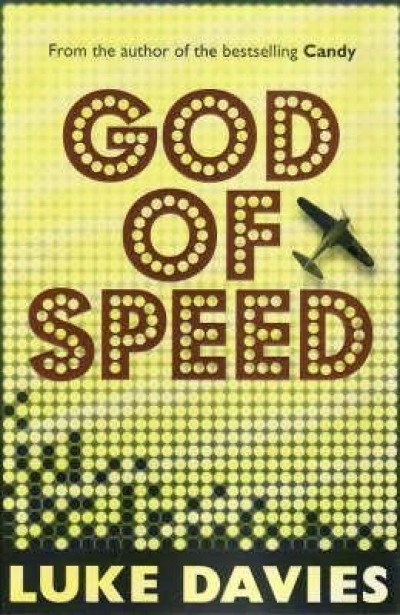Accessibility Tools
- Content scaling 100%
- Font size 100%
- Line height 100%
- Letter spacing 100%
Archive
William and Lawrence Bragg, Father and Son: The most extraordinary collaboration in science by John Jenkin
If two swallows do not a summer make, two novels, no matter how similar, are no doubt insufficient to start a new literary sub-genre (no matter how ‘sub’). On the other hand, fashion is said to reflect the Zeitgeist; and biography, in this turbulent millennium, has become both favoured and fashionable. Is it possible then that quite soon a small shelf of the loc ...
Hot-spotting by Rod Reeve & Ardent by Jane Gibian
A good picture book is like a complicated dance between words and pictures in which each must be in step and working towards the same artistic outcome. If either clement is dancing to a different tune, the narrative strength will be diminished and the story will limp along. In The Peasant Prince: The True Story of Mao s Last Dancer (Penguin, $29.95 hb, 40 pp, 9780670070541), author and illustrator combine in an exquisite pas de deux. Li Cunxin, international ballet dancer turned successful Melbourne stockbroker and best-selling author, has now added a children's picture book to his impressive CV.
... (read more)








